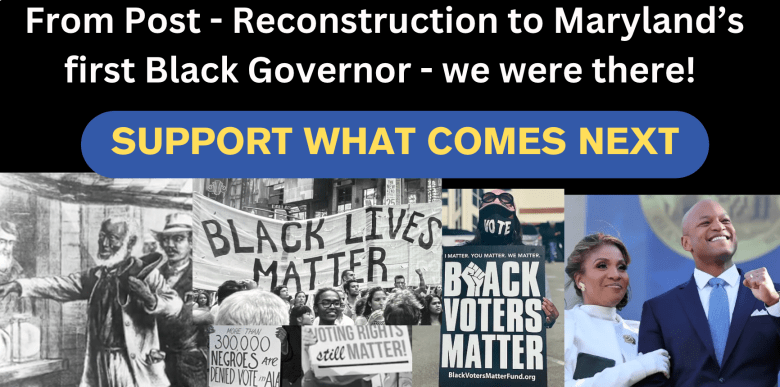Fifty years ago, four North Carolina A&T students took a stand against segregation by sitting down at a F.W. Woolworth’s store counter. This simple act by four freshmen, now known as the “Greensboro Four” or “A&T Four,” inspired students in North Carolina—and around the country.
Over the weekend and on Monday, hundreds of people came back to the very place where it all began to honor the A&T Four and to commemorate the opening of the International Civil Rights Center and Museum on Feb. 1.
One of the “Four,” Dr. Franklin E. McCain, said he looks at the museum opening as a challenge to himself and the next generation.
“The opening of the museum to me personally means a challenge,” McCain said, “because it reminds me of what happened on Feb. 1 and presents me with the question, ‘What have I done lately?’
“The museum is like a report card for me,” he explained. “I do a little self-introspection and give myself a grade. The grade I come back with is a C. I have to recognize that I cannot live on Feb. 1 for the rest of my life. I have to continue to do other great things. That’s what I have been doing.”
McCain was one of the three original “A&T Four” that returned to their alma mater Friday to be honored along with lesser-known pioneers at an “Unsung Heroes” luncheon, one of many events to commemorate the 50th anniversary of the sit-ins in downtown Greensboro.
McCain, Jibreel Khazan (Ezell Blair Jr.) and Joseph McNeil were honored with a commemorative plaque in honor of their courageous act in 1960. David Richmond, the fourth member of the group, died in 1990 of lung cancer.
Twenty Howard University students were in Greensboro to document the commemoration.
The journalism, film, radio and television students met and interviewed the three surviving members, attended and covered various ceremonies and celebrations and covered the opening of Museum, which is in the old Woolworth’s building.
The students wrote for Howard radio, television, Web and print publications and shared their stories with other news media.
Reginald Miles, assistant professor in the Department of Radio, Television and Film and organizer of the University’s effort, said it was important to see how students from a generation changed the nation.
“They stood up so we could sit down,” he said. “Those boys were 17 years old. They were very young. They risked their lives and their future. That’s something our students need to understand.”
On Feb. 1, 1960, ignoring the “We Serve Whites Only” sign, McCain, Blair, Neil and Richmond sat down at the dining counter at F.W. Woolworth’s in downtown Greensboro and asked for service. They were refused, but they stayed at the counter until the store closed. And they kept coming back and coming back and coming back until on July 26 of that year, the store reversed its policy and the sit-in movement had been born.
Miles said for his students, being in Greensboro would provide invaluable insight into their history. He said, “By participating in these activities, they will be able to see how students their age 50 years ago changed the course of history and helped launch the Civil Rights Movement.”
See a compilation of the students’ videos and stories on their own page at http://hunewsdesk.blogspot.com/


